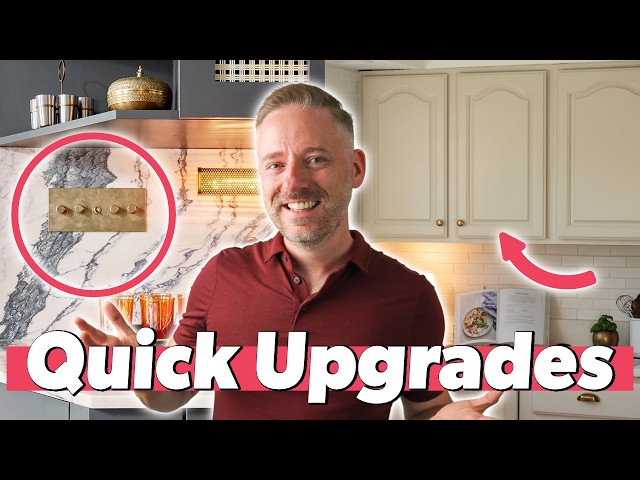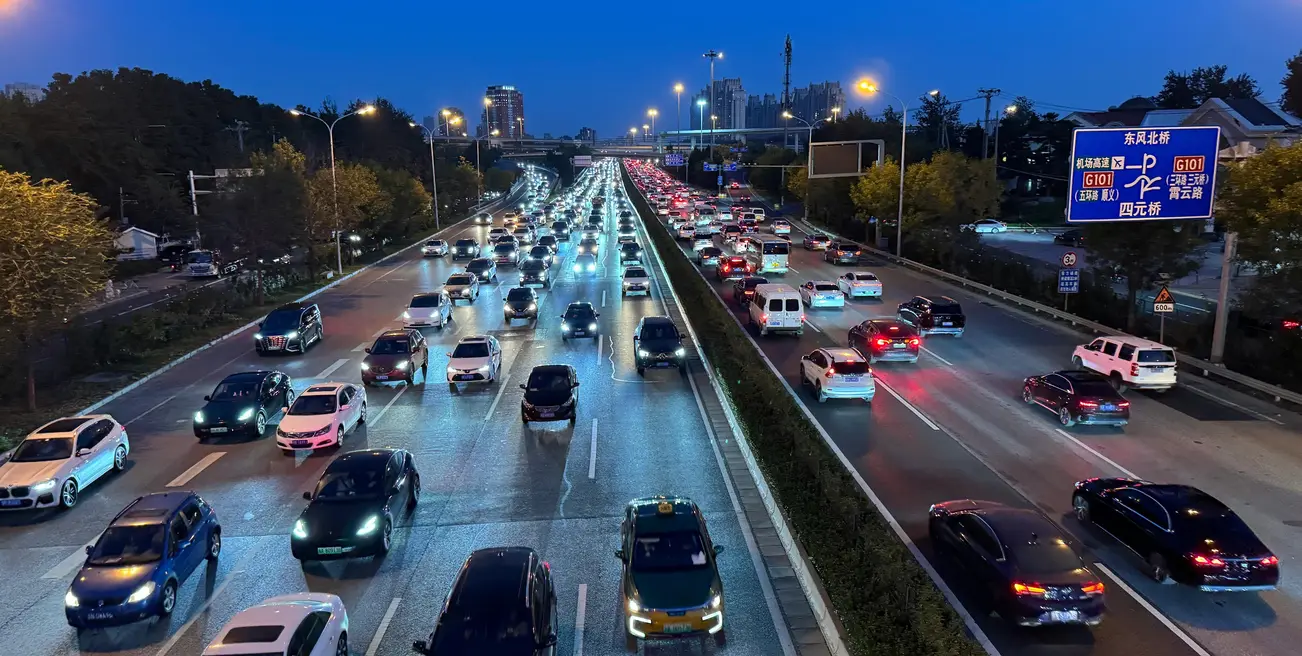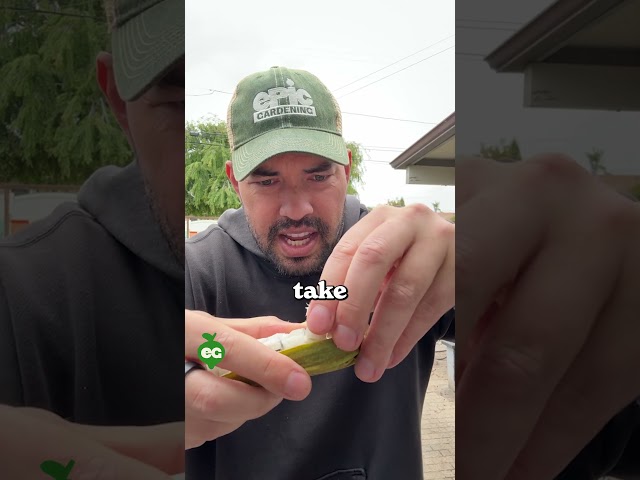Homeownership is a significant milestone, but safeguarding your investment requires careful consideration of homeowners insurance. With various policy types available, including HO-3, HO-6, and more, tailoring your coverage to your specific needs is essential. This guide aims to demystify homeowners insurance, offering clarity on different policy types and providing insights into choosing the right one based on your location and potential risks.
Understanding Homeowners Insurance:
Homeowners insurance acts as a financial safety net against unforeseen events such as natural disasters, theft, or accidents. To make an informed decision, it’s crucial to understand the types of coverage available, considering both the general policy types and specific risks associated with your location.
Common Types of Homeowners Insurance Policies:
- HO-1 (Basic Form):
- Plain and Simple: This is like the foundation of home insurance. It covers specific things listed in the policy, such as fire or theft. Imagine it as a basic package for essential protection.
- HO-2 (Broad Form):
- A Bit More Coverage: Think of this as an upgrade. It covers more stuff than HO-1, adding protection for additional problems like storms or vandalism. It’s like expanding your safety net.
- HO-3 (Special Form):
- The Common Choice: Most people go for this one. It covers a lot, except for a few things they specifically say it doesn’t cover. It’s like a reliable, all-around shield for your home.
- HO-4 (Renter’s Insurance):
- Renters’ Special: If you’re renting instead of owning, this is for you. It protects your stuff inside your rented place, and it’s like having a security guard for your belongings.
- HO-5 (Comprehensive Form):
- Top-Tier Protection: This is like the superhero of home insurance. It covers almost everything, making sure your home and belongings are well guarded. Great for areas with various risks.
- HO-6 (Condo Insurance):
- Condo Guardian: Living in a condo? This one is tailored for you. It protects your belongings and some parts of the condo structure. It’s like having a personal bodyguard for your condo life.
- HO-8 (Modified Coverage Form):
- For Older Homes: If your home has a bit of history, this one considers that. It helps with the unique challenges of insuring older houses, making sure you get the right value.
Location-Specific Considerations:
- Coastal Areas (e.g., Florida, Louisiana): Consider additional coverage for hurricanes and flooding, as standard policies may have limitations. HO-5 or specialized windstorm insurance may be beneficial.
- Tornado-Prone States (e.g., Kansas, Oklahoma): Opt for policies that specifically cover tornado damage. HO-3 or HO-5 with windstorm coverage can provide essential protection.
- Wildfire-Prone Areas (e.g., California, Colorado): Choose policies that cover wildfire damage. HO-3 or HO-5 with additional coverage for wildfires may be necessary.
- Flood-Prone Regions (e.g., Texas, Louisiana): Standard policies often don’t cover flood damage; consider purchasing a separate flood insurance policy through the National Flood Insurance Program (NFIP).
- Earthquake-Prone Zones (e.g., California, Alaska): Standard policies may not cover earthquake damage; evaluate the need for a separate earthquake insurance policy.
Conclusion:
Tailoring your homeowners insurance to your unique circumstances involves considering both general policy types and location-specific risks. By understanding the potential hazards in your area, you can make a well-informed decision, ensuring your home and belongings are adequately protected. Take the time to assess your needs, explore policy options, and choose coverage that provides comprehensive protection based on your location and circumstances.
















